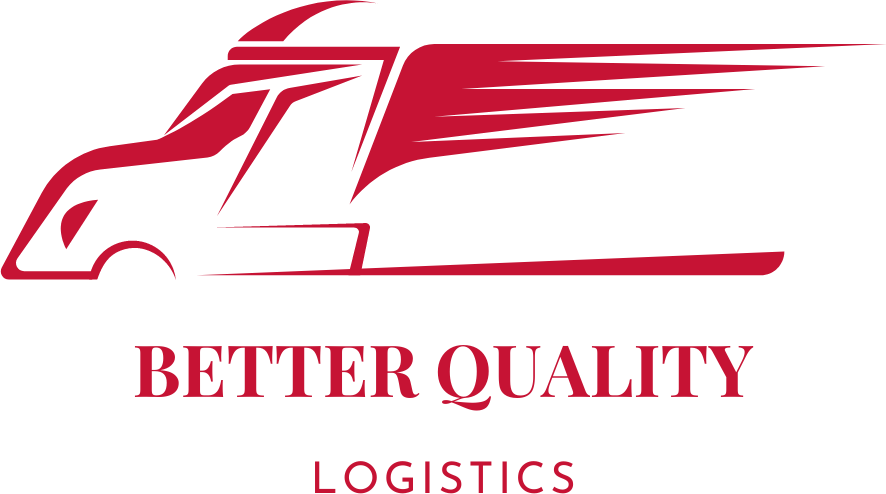If you’re involved in the logistics or shipping industries, you’ve probably heard of terms like “less-than-truckload.” So what is LTL freight? It’s far from an old concept, but there are a ton of great benefits to using LTL freight shipping for your own business. However, this all comes down to the volume and weight of your business’ shipments. In this in-depth guide, we’ll be looking at the benefits and best practices for LTL, LTL meaning and definition, and the differences between LTL and FTL freight.
What is Less-Than-Truckload (LTL) freight? Less than truckload shipping, also known as LTL shipping, is simply the act of transporting freight that is fairly small. Less than truckload transportation is the opposite of full truckload shipping (FTL), which involves transporting heavy or substantial freight.
Parcel carriers will usually deal with smaller packages and freight that can easily be broken down into small units, usually units that are under 150 pounds. For full truckload shipping, a semi-trailer will need to be packed with product or freight in order to make the use of the semi-trailer economically sensible. Usually, such a truck would be used for freight that weighs between 150 and 15,000 pounds. Because of this, many carriers opt for LTL shipping, which usually involves smaller or cheaper transportation means. When shipping via LTL, the shipper involved will usually pay for the portion of a regular truck trailer their freight will be taking up space in.
There is a wide range of things that can factor into LTL shipping rates and whether or not this shipping option is economically a good idea. These factors include:
- Location: As with most transporting and shipping rates, the further the distance between the warehouse and the destination, the higher the LTL shipping rate will be.
- Type: If one’s shipment requires unique handling or special equipment, higher costs will be involved. This is usually the case for brands that manufacture or sell perishables, fragile items, and potentially hazardous items.
- Dimensions: The dimensions of the freight, as well as the weight of the packages, will be used to determine the “freight class” of the freight. This will impact the LTL delivery rate.
- Mode: If your shipments need to be expedited, there will almost always be an additional fee for LTL shipping.
LTL shipping should be your transportation option of choice if you run a business that produces freight that is under 15,000 and does not require a full-sized trailer. If you want to really save money and stretch out savings in different sectors of your business, LTL shipping could be an excellent option.
